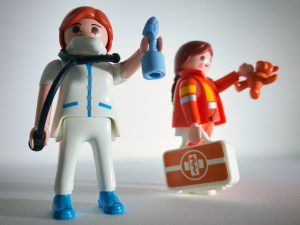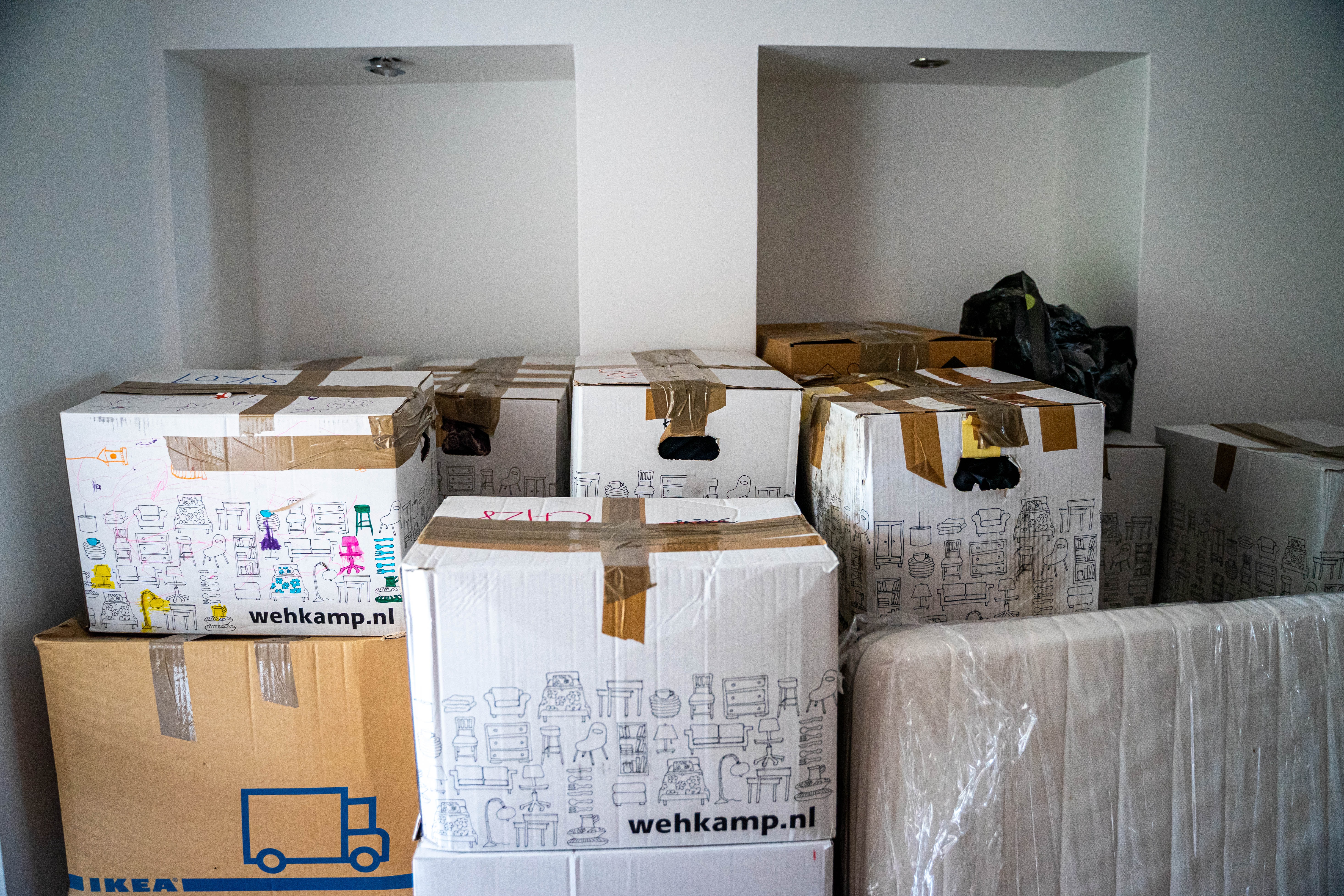Moving excessive items is very exhausting even if you don’t have the danger of COVID-19 hanging above your head. The best way to streamline this process and, in turn, reduce the risk of infection is to simply cut the number of items you are going to move around.
Last year’s outbreak of COVID-19 left humanity stunned. Things started changing, and they changed rapidly, leaving no aspects of our lives, not even the most mundane activities, untouched. How far will this development lead us and how far-reaching the consequences will be remains to be seen when the outbreak is extinguished.
Until then, we need to go on with our lives, adapt and deal with the same challenges we had to deal with two years ago. One of them is moving – the chore that poses enough obstacles even without a bunch of potentially contagious people squeezed into a cramped space.
Well, the circumstances are definitely hard but nowhere near unmanageable. Let’s see a couple of tips that should help you along the way.
Be extra careful when choosing the hired labor
Relocations always include some extent of hired labor. If you don’t want the whole burden to befall your shoulders, you will need some people to clean up the new apartment, handle the repairs, move in the boxes, rewire electrical installations, etc. While you are choosing the handymen to tackle these tasks, we suggest that you skip the independent contractors. Instead, you should look for the companies with enough resources to enforce appropriate safety measures and conduct regular PCR tests of their workers.
Make sure all items are clean and disinfected

This is something you should do even when you are not dealing with the global pandemic. Moving around the household items that are dusty, grimy, or sticky will immediately turn your new home into a nightmare. The COVID-19 outbreak, of course, entails a couple of additional safety measures. So, for a start, be sure to give all of the items an additional run with a sanitizer. Be extra careful with glasses, dishes, and kitchenware. If you want to be extra sure, wrap the sensitive items into an airtight plastic wrap.
Stockpile your supplies of protective equipment
Of course, everyone coming to the moving site should have their own personal protective pieces. But, you know how it goes – moving is a process where things easily get torn apart and tarnished. Also, you can be sure you deal with a lot of sweating, and most of the protective items are not reusable. So, why wouldn’t you simply have a good supply of face masks, gloves, visors, and other essential pieces and make sure everyone can replace their gear if it gets damaged or starts losing efficiency? Better safe than sorry.
Book the trucks early on
The sooner, the better. Ideally, you should get in touch with a truck hire company as soon as you know the new location and have some basic time frame for the relocation. What are you getting with this? To put it simply, you will avoid last-minute adjustments, hasty packing, changes in schedule, and all other factors that create sloppiness. Imagine what would happen if you already got the relocation in motion only to find out that there are no suitable trucks left available. There is no way you will be able to stay on top of your meticulously crafted plan.
Pack your items sensibly
What do we mean by this? Well, it is in your best interest to keep the clutter and digging through boxes under control when you finally move things in. Also, the items that are going to be used last should be packed first. We are talking about things like books, games, art pieces, etc. Accordingly, you want the things like bathroom items, kitchenware, and your daily clothes to be easily accessible when you need them. Assembling personal “survival kits” might just be the most sensible way to go.
Create a detailed moving plan and schedule
We already partially addressed this issue when we talked about packing. But, packing is only one (albeit a significant) part of the moving. Another important issue you will need to cover is the order in which the boxes will be moved in, their layout once inside, and so on. Do your best to avoid clutter, organize the items by the rooms they will go in rather by the type, and keep the boxes that will go in first on the top of the pile. By doing this, you will keep the hallways clean and cut the backtracking and idle work to the bare minimum.
Get rid of what you don’t need
Moving excessive items is very exhausting even if you don’t have the danger of COVID-19 hanging above your head. The best way to streamline this process and, in turn, reduce the risk of infection is to simply cut the number of items you are going to move around. According to some estimation, an average American household packs approximately 300,000 items, three times more than 50 years ago. Ask yourself how many of these things you have used over the last couple of years. Yes, not that many. So, donate, throw away or sell. Just rid yourself of the clutter.
Abide by the general COVID-19 safety guidelines
These guidelines are not directly concerned with the process of moving. They are incredibly useful for staying safe in general, so you should try to enforce them on the worksite. Here are some of the most important mentions:
- Keep the interpersonal distance of 6 feet
- Limit food sharing
- Disinfect frequently used surfaces regularly
- Increase ventilation
- Clean hands at regular intervals
- Assign each worker to one room
We hope these few tips will help you to perform your next move without too much hassle and in the safest manner possible. The outbreak of COVID-19 forced us to temporarily change our lifestyles and habits. But, life must go even with this huge obstacle in front of us. Now, you know what to do when the time comes to find yourself a new home.


Join the conversation!